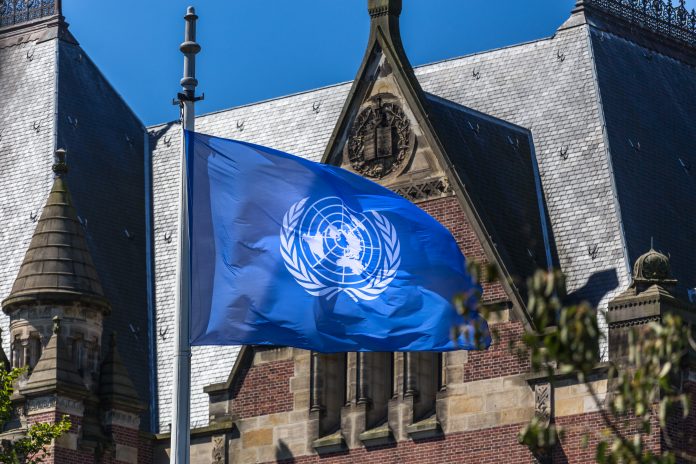The important work of the Court of Justice of the European Union is introduced here, including details of language arrangements and how their work impacts EU citizens
The Court of Justice of the European Union (CJEU) is responsible for making sure that European Union (EU) law is applied and interpreted applied consistently in each EU country, in that countries and EU institutions abide by the law. Also, CJEU settles legal disputes between national governments and EU institutions and in some cases, organisations, companies and individuals can take action against an EU institution, perhaps if they feel their rights have been infringed.
It’s worth noting here that the CJEU is divided into two courts:
Court of Justice (http://curia.europa.eu/jcms/jcms/Jo2_7024/en/) is concerned with requests for preliminary rulings from national courts, certain actions for appeals and annulment.
General Court (http://curia.europa.eu/jcms/jcms/Jo2_7033/en/) deals with rules on actions for annulment brought by individuals, companies and, in some cases, EU governments. Essentially, this court deals mainly with competition law, trade, agriculture, state aid and trademarks. (1)
The Court of Justice of the European Union
This article will briefly focus on the work of the Court of Justice. 28 Judges and 11 Advocates General work in the Court of Justice, appointed by Member State governments following consultation of a panel who provide an opinion on the suitability of prospective candidates’ to perform the required duties. Appointed in office for six years, which is renewable, we know that such eminent people are selected from “individuals whose independence is beyond doubt and who possess the qualifications required for appointment, in their respective countries, to the highest judicial offices, or who are of recognised competence.”
On the website of the CJEU, we learn about the important roles of the President, Vice-President, the Advocates General and many more.
“The Judges of the Court of Justice elect from amongst themselves a President and a Vice-President for a renewable term of three years. The President directs the work of the Court and presides at hearings and deliberations of the full Court or the Grand Chamber. The Vice-President assists the President in the exercise of his duties and takes his place when necessary.
“The Advocates General assist the Court. They are responsible for presenting, with complete impartiality and independence, an ‘opinion’ in the cases assigned to them.
“The Registrar is the institution’s secretary-general and manages its departments under the authority of the President of the Court.
“The Court may sit as a full court, in a Grand Chamber of 15 Judges or in Chambers of three or five Judges.”
Language in the CJEU
One interesting example of the CJEU’s work concerns language arrangements. For example, when it comes to direct actions, one of the 24 official languages of the EU will be used in the application or in other words, the ‘language of the case’ in which the proceedings are conducted. The website of the CJEU details more information about their language arrangements.
“In appeals, the language of the case is that of the judgment or order of the General Court which is under appeal. With references for preliminary rulings, the language of the case is that of the national court which made the reference to the Court of Justice. Oral proceedings at hearings are interpreted simultaneously, as required, into various official languages of the European Union. The Judges deliberate, without interpreters, in a common language which, traditionally, is French.”
Impacting the lives of EU citizens
Finally, it is worth outlining that the CJEU clearly has much impact on the daily life of EU citizens in light of the fact that thousands of judgments are given by the Court, especially preliminary rulings. One example of a judgment given in an important area of EU law is the principle of free movement of goods. Following the Cassis de Dijon judgment in 1979, traders are able to import into their own country any product from another EU country, as long as it is lawfully marketed and manufactured.
Another example concerns the respect for fundamental rights; indeed, the Court has contributed greatly to improving the standards of the protection of such rights. One more example concerns European Union citizenship, something that each person is entitled to if they hold the nationality of a Member State, as part of the Treaty on the Functioning of the European Union. (2)
References
(1) https://europa.eu/european-union/about-eu/institutions-bodies/court-justice_en
(2) https://curia.europa.eu/jcms/jcms/Jo2_7024/en/#avantpropos











